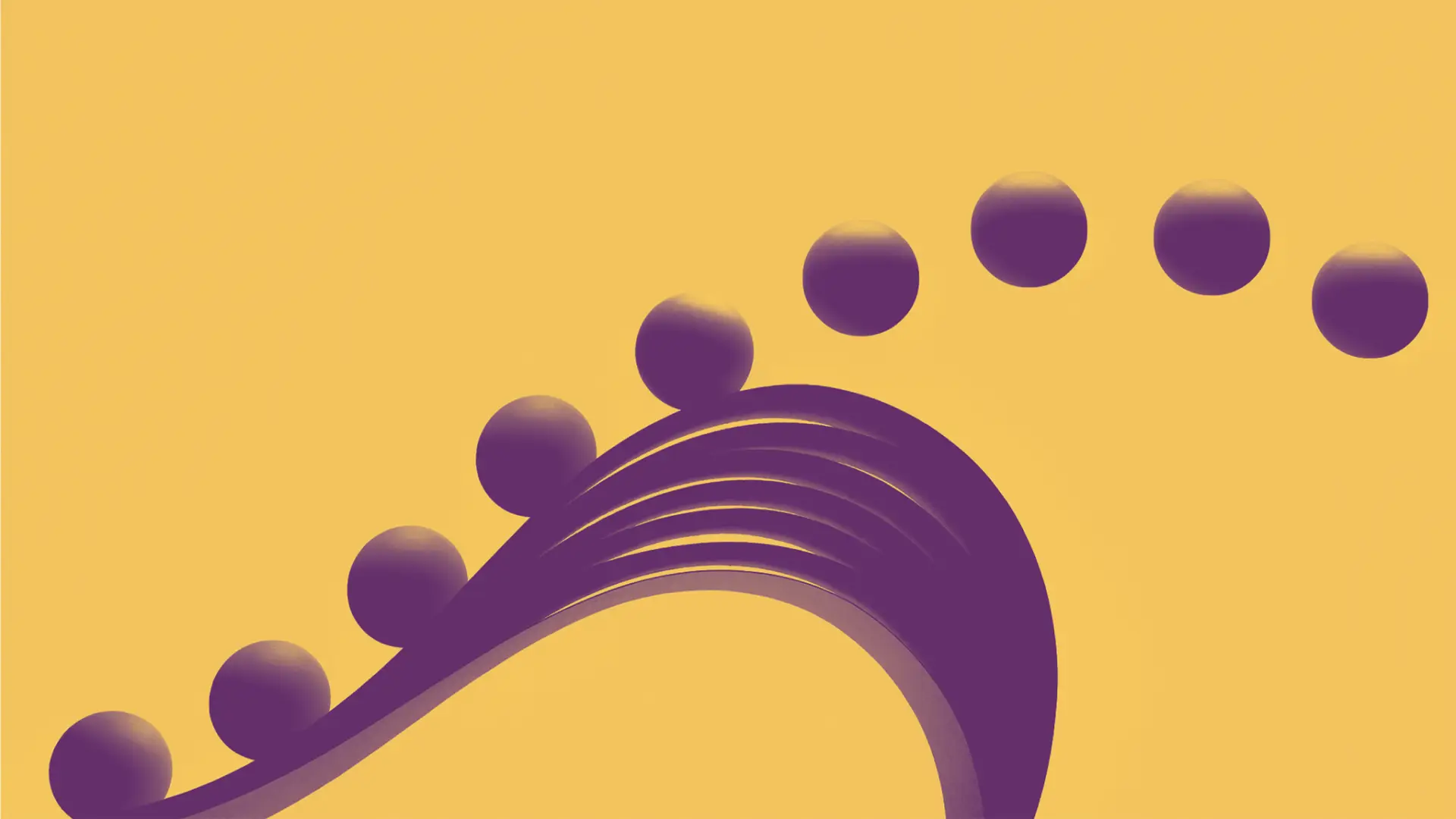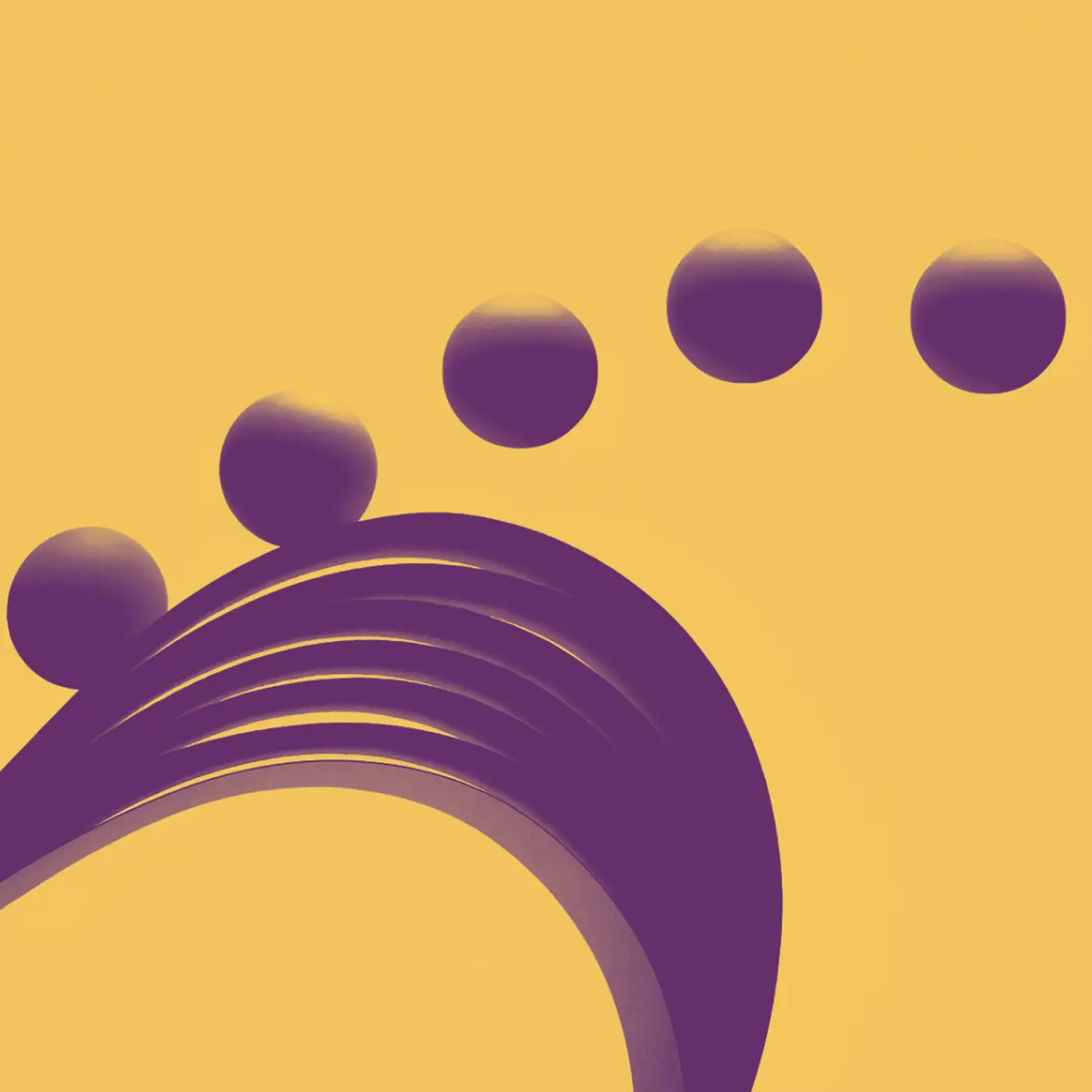Key Takeaways
- To help retain talent, focus on connecting, personalizing, being transparent, and optimizing logistics for your employees.
- Connect: Foster strong connections among employees through initiatives like onboarding buddies, WFH clusters, themed meetings, and creative shares to enhance team unity and engagement.
- Personalize: Assess flight risk, address concerns, focus on deliverables and outcomes, promote diversity and inclusion, and encourage self-care and work-life balance to retain staff.
- Be transparent: Communicate changes, share information quickly, involve top leadership, explain decisions, encourage town halls, draw comparisons, and provide job comparison tools for candidates.
- Optimize logistics: Ensure technology readiness for hybrid or virtual setups, support home and technology setups, aim for a balanced mix of on-site and off-site team members, and help managers set team guidelines.
Listen: 4 ways to keep your talent during the turnover tsunami.
Unless you’ve been avoiding the news lately, you can’t have missed the Turnover Tsunami that’s happening right now, as employees quit their jobs in record numbers. A recent WSJ article titled “Forget going back to the office. People are just quitting instead” sums up the current situation nicely. While leaders scramble to strike the right chord when it comes to workplace flexibility, they’ve underestimated the massive shifts in focus, values, and ideals that have fundamentally changed what staff expect from their employers.
Add to that the record-breaking 9.3 million job openings in April, and it’s no wonder that employees feel emboldened to jump ship—or at least throw out a fishing line to see what’s out there. Before we assume that all is lost and simply brace for the impact of inevitable, radical turnover, it’s time to explore what leaders can do to try and retain their staff.
In June our InsideOut design leader community did just that. A key takeaway from six roundtables on this topic: It’s best to start at the top. Nothing is more powerful than getting executive-level support to craft unique plans that resonate with your team. But let’s assume you don’t have that, or even a clear picture of how work will “work.” In fact, a lot is out of your control, and that’s OK.
Here’s what you can do to keep your team:
Connect
Today’s employees require more than just a job description and compensation. They want to belong somewhere and be part of a mission to do something great. As priorities shifted to core business activities during a pandemic, leaders have struggled to keep their staff connected to one another, much less connected to an evolving vision for the organization. Start by intentionally solidifying those connections.
Check out the clever ways InsideOut senior leaders are building relationships that stick:
- Leverage an Onboarding Buddy for new hires, ideally one with a broad internal network who can explicitly teach team norms and company vision. For workers who started during the pandemic and got left behind, onboard them again.
- Encourage WFH Clusters where staff meet in-person in small groups in their homes. Or if they can't be together physically, offer a shared virtual office experience where staff work independently in a shared Zoom room.
- Create space for human connections in meetings with playful ideas like meeting themes and wellness moments. One leader's team hosted an underwater theme and kicked off meetings with breath and stretch work as a warm-up.
- Host a Creative Share where siloed groups show and tell their work and celebrate successes to connect staff across, not just within, teams. The more relationships they develop, the more likely they will stay.
Personalize
Every staff member has distinct needs, interests, and motivations, so no single plan will retain them all. To keep them engaged, you’ll have to tap into those personal drivers and do your best to offer options that match. If you’ve already conducted a survey to uncover sentiment and preferences (if not, you should), it’s time to dig deeper and act on what you’ve learned.
More ideas from InsideOut leaders on how to capture the attention of your team:
- Assess flight risk and potential impact of the departure of each staff member and develop plans to avert high-risk, high-impact losses. One leader shared this framework her team is using to identify and take action to retain key employees.
- Address individual concerns, but point out the benefits and intentions of new work arrangements like culture and collaboration improvements and equitable career opportunities. Get short-term buy-in and set checkpoints to gather feedback and adjust.
- Focus on deliverables and outcomes, not just work schedules, to give staff the space they need to achieve a real work/life balance and your business goals.
- Shore up your diversity and inclusion programs for every step of your talent cycle (hiring, onboarding, promoting, collaborating, etc.) to ensure equity in any work setup.
- Encourage self-care and time off to reduce stress and anxiety about the uncertainty you can't control. Talk openly about burnout and provide tools for combating it; consider role plays to give staff language to use and model healthy boundaries.
Provide transparency
If you’re not regularly communicating current and future changes, be certain that your staff has already decided what’s going to happen and is acting accordingly. To regain their trust, share what you know now, and new information as soon as you know it, and keep top leadership informed as you learn from staff. The leader’s role as staff advocate and canary in the coal mine are equally important right now.
While you’re communicating, use these tips from our InsideOut leaders to guide your efforts:
- Explain WHY—not just WHAT—and remind staff that the best transitions will be organic and malleable, so the next phase will be an evolution, not a permanent situation.
- Encourage senior leaders to host frequent town halls to keep staff informed and feeling involved in changes; even “here's what we do not know and what our blockers are” can reassure staff that work is being done behind the scenes.
- Draw comparisons. For example, fully on-site workers with no remote options pre-pandemic would have been thrilled to work remotely every Monday and Friday; other countries and less knowledge-based roles have many fewer choices in how they work.
- While giving each manager the ability to make decisions that fit their own teams may sound great, it actually creates fairness issues. Reduce FOMO by publishing decisions of other teams and collaborating with other managers to find common ground.
- Transparency also improves hiring outcomes. Be a partner to candidates in the interview process by providing job comparison tools that show how your role stacks up against other options (here's one and here's another).
Optimize logistics
Though perhaps the most challenging aspect of a leader’s role right now, since so many work plans are still being formed, paying attention to details of the employee experience right now will go far in showing your commitment. Look for options that are in your control and act.
These suggestions from our InsideOut design leader community can help:
- Make sure your technology is ready for a longer-term hybrid or virtual setup. In fact, some staff never got fully set up at home and still consider the kitchen table their “office.” Be the one who fixes that. Consider offering stipends or reimbursements for home and technology setup (Dropbox has a $7,000 annual perks allowance).
- Aim for a 50/50 split of on- and off-site team members to make collaboration feel more equitable and hybrid connections more productive. Small groups left behind at home or sitting in an empty office will feel isolated and awkward.
- To double down on the transparency tip above, create a decision tree for managers to use as they set guidelines for their individual teams. Noticing a pattern here?
- Employees are watching closely to see if equity and inclusion is just lip service. Make sure it's not.
- Encourage vaccination in a real way: give staff PTO to get vaccinated and to recover afterward. Then find ways to make vaccination status visible (like a symbol on badges) to help staff feel safe when in person with their peers.
As a final note, do your best to get executive support for any approach you choose. Even the best-intentioned senior leaders have so much to consider right now that they may not be in touch with just how much the job market has changed. Recalibrate with leadership and provide data to support your team’s requests. Better yet, involve your team in gathering that information and building a business case to support what they need to stay productive—or better yet, to stay. If all else fails, point out how much work will be involved in replacing your staff in an incredibly competitive talent-led market. Turnover is expensive, and money is sure to get the attention of your leadership team.
Above all, don’t get discouraged. Some of your staff will leave, even the ones you think are perfectly happy, highly productive, and have longevity with your company. But if you take the time to connect staff to their peers and your mission, personalize their experience, provide transparency and improve logistics, you will have done your best to retain them. On the bright side, design leaders are problem solvers by nature, so this is the perfect time to use those skills you’ve honed over time. In the midst of a tsunami, sometimes all you can do is swim.
Why do I care? My mission is to connect leaders to find solutions. If you’re a senior design, experience, or operations leader of an in-house team and want to connect to others who share your unique challenges, let’s talk. Our InsideOut community hosts roundtables to support the learning and growth of our members, and I’m honored to facilitate those discussions. You can find more learnings from our group on our InsideOut blog. Let’s keep learning together!
Latest.

How to prevent candidate drop-offs in today’s market.
Leadership & Management, Retention Strategies, Talent Acquisition & Recruitment

How to empower leaders with AI for generational collaboration.
Leadership & Management, Consulting & Operations, Engineering & Technology, Innovation & Emerging Tech

How to move Creative Teams from AI burnout to breakthrough.
Insights from InsideOut, Leadership & Management




